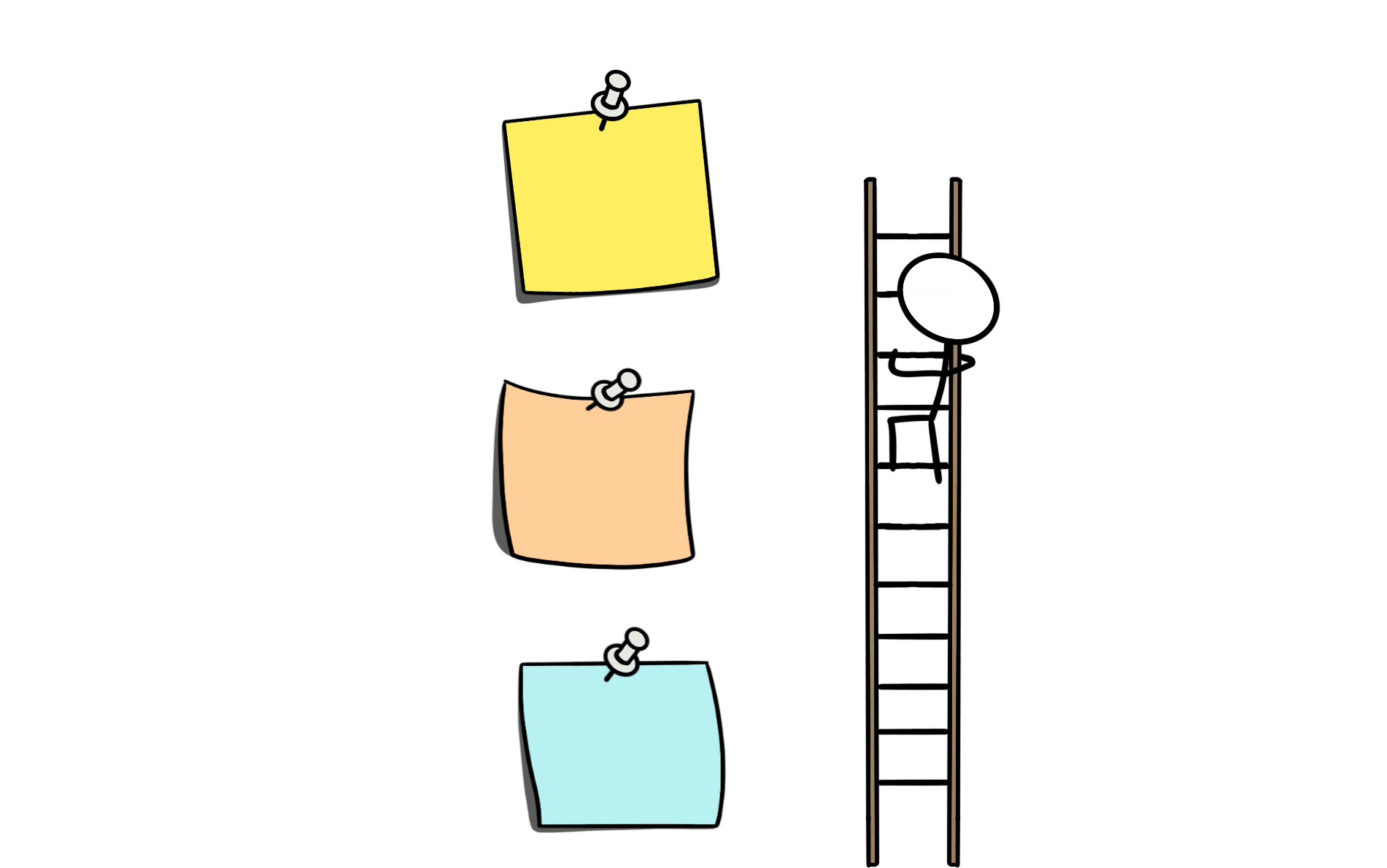Stop giving your development team too many things to do first.
Whether you’re leading a team of people or leading yourself, it’s important to take account of all the important things that need doing in your organization. And to realize that this does not mean that everything can be equally important.
Logically, everything can’t be. Tasks are typically interdependent, and there’s always one task on which another depends. Tasks can be time-sensitive. Certain tasks might block a logical path towards a goal.
It’s the duty of a leader to make hard calls and decide which tasks are most important out of everything that needs doing. This necessitates comparing one to another, which is much easier to do with a centralized to-do list.
Here’s how this one simple change to your perspective on to-do lists can help to build happier and more productive teams.
Keep a central prioritized to-do list

Avoid working in silos. A single centralized list can make it easier for you and your team members to see what’s being worked on. With all tasks out in the open, it’s easier for people to spot opportunities for helping each other out and where they can contribute.
Encouraging a culture of openness can help people feel more comfortable asking questions, asking for help, and proposing ideas and improvements. Tracking work in the open also means that no one is left wondering what status a task is currently in.
For team leaders, a single list makes it easier to compare and prioritize tasks. This benefits team members by providing a completely unambiguous and transparent accounting of what needs doing next. Whichever task is most important, for the whole organization, is on top.
Priorities with autonomy
A single priority doesn’t necessarily pigeonhole someone into doing a task they don’t feel cut out for. Each member of your team has different strengths, skill sets, and diverse ways of thinking. You can take full advantage of this by encouraging autonomy in task selection.

Have people choose whichever task is nearest to the top that they’d like to tackle. They might pick the highest priority task that’s in their wheelhouse, or experiment with a higher one that’s in a domain they’d like to improve their skills at.
Embrace opportunities for cross-training. If tasks high up on the list fall in a category that only one or a few people on your team are experts in, have your experts partner up with another team member who’s taking on the task.
By pooling your resources to cross-train across domains, you multiply the capabilities of each team member and your team as a result.
When a task is especially time-sensitive, have several team members swarm on it and distribute the work according to their interests or strengths.
Make yourself redundant
Working off a single prioritized to-do list works best when your team members can take on tasks as independently as possible. This is especially important in remote teams where people work asynchronously.
If you’re a leader and find that your team members frequently ask you what they should do next, you could be making your team dependent on you. Ask yourself if you’re unnecessarily gatekeeping information that would let your team be more autonomous.
A team that overly depends on their leader is not an efficient one. Individual people, such as yourself, don’t scale. Don’t become a bottleneck to your team’s productivity.
A successful leader should be able to take several days off on short notice without productivity grinding to a halt.

To support your team’s ability to work without you, make your team, product, and company goals painfully available.
Put them where people hang out – your team’s message board, chat channel, or document repository, for example. No one should be at a loss when asked what the team wants to achieve next, and why.
Make any applicable resources, style guides, product documents, or links to external documentation painfully available as well.
If your team makes a decision about how something should be done, write it down. Don’t rely on yours or anyone else’s meat brain to remember an important decision, nor make yourself the only resource for recalling it.
Make yourself redundant when it comes to day-to-day work. Doing so empowers your team members to do work without you, think through solutions on their own, and propose paths of action that you probably wouldn’t have thought of yourself.
Build happier and more productive teams
From first-hand experience as both a team member and leader, I’ve seen how encouraging a culture of openness, cross-training, and autonomy makes for happier team members and more productive teams.
A single prioritized to-do list, coupled with available documentation and resources, opens the gates to let your technical team be maximally productive.
By removing bottlenecks, you allow people to make more decisions on their own and take ownership of their work. That’s a technical team I’d be proud to lead.
If you enjoyed this post, I'd love to know. Join the thousands of people who learn along with me on victoria.dev! Visit or subscribe via RSS for more about building happy and productive technical teams.

